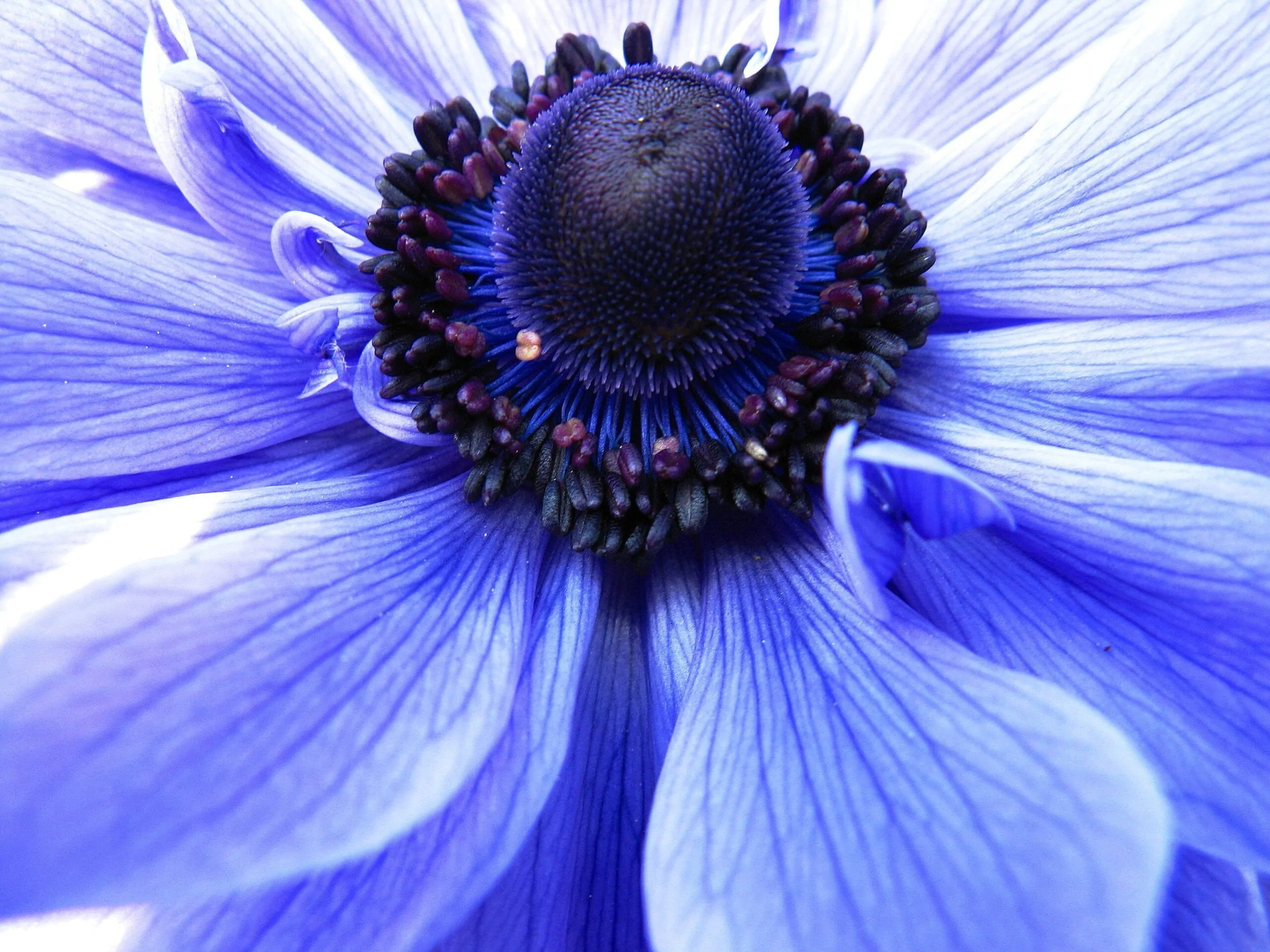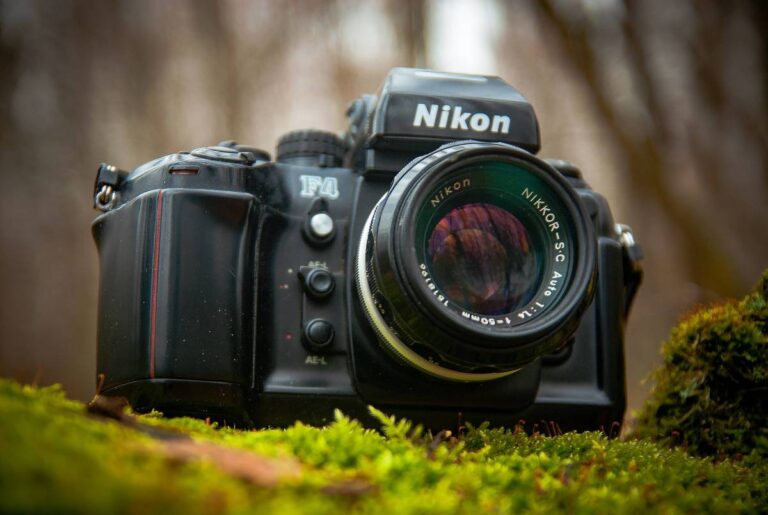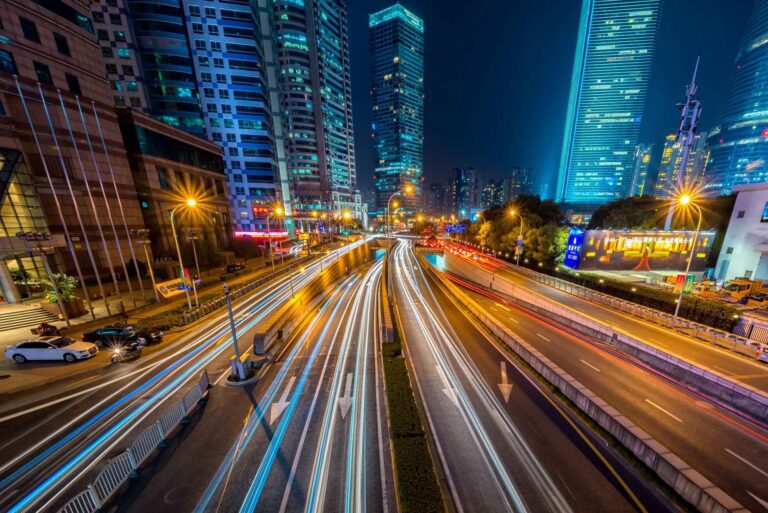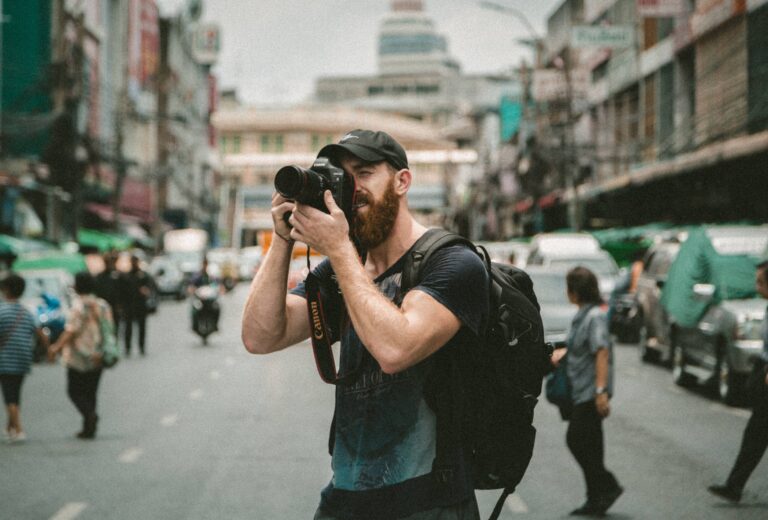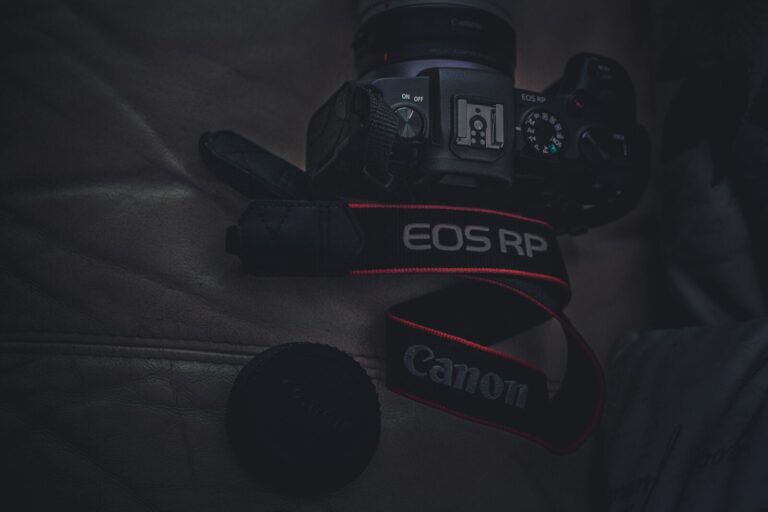Micro vs Macro Photography – Understanding All the Differences
It should not come as a surprise to anyone but photography is a lot of fun and when you have been in the world of photography for long enough, you get honored by experiencing some of the best aspects of it. One such aspect of it is the micro vs macro photography that people have been talking a lot about and while it might seem that you do not need to go ahead and find a solution to it, it certainly is something important.
Now, the thing that you must know about micro vs macro photography is that while the difference between both photography types might look as if it is not even there, the true sense of it is a lot more different. That is why, in this post, we are going to break things down for you so you have a better understanding.
After all, guiding our readers is the one thing that we always want to do.
Micro vs Macro Photography
What Is Micro Photography?
In order to understand things in a better way, we must first understand both photography types individually. After all, if that is something that we are going to skip, then the whole purpose of this article is lost and the readers are going to be just as confused.
So, what is micro photography, you ask? The answer, to be honest, is a lot simpler than one might know. Microphotography refers to any photography that has a magnification ratio of 20:1 or higher. I do understand that this might not be easy for some to grasp, and that is the reason why micro photography is not nearly as popular as some of its other counterparts.
Microscopic Constraints
At the same time, the market does not really have any micro lenses available that can capture such a massive level of magnification.
This means that you are going to need an old-school microscope that will help you achieve that magnification, and although these microscopes are cheap, they do come with their own caveat which means that when you do go ahead and use a microscope and take some microphotographs, the clarity could degrade because of the microscope.
Therefore, that is one important thing that you must keep in mind.
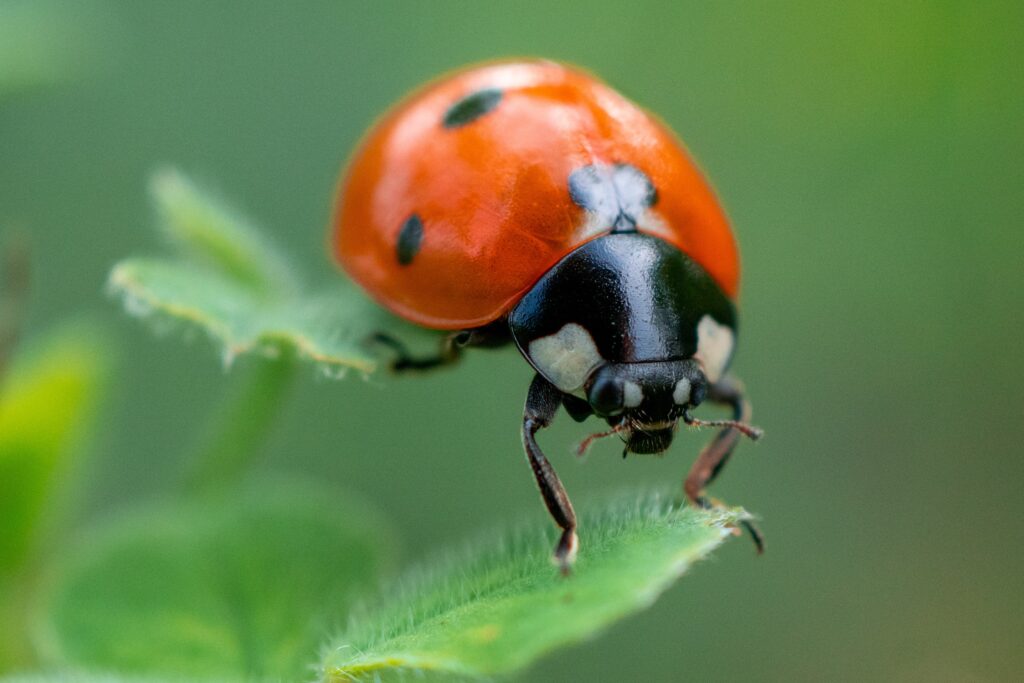
What Is Macro Photography?
Now that you know what micro photography is, the next logical question would be to understand what macro photography is. I do understand that the name itself should be more than enough for someone to have a proper understanding but hey, we are still going to look into the complexities so you do not end up making the mistake when it comes to understanding these photography types.
Simply put, macro photography, in its technical sense is any photography that is shot in a 1:1 ratio. This means that anything you do is going to look life-size once the image is taken. Of course, the form of photography has managed to gain a lot of popularity lately and has easily become a go-to for many photographers.
Sharpness and Versatility
This photography is mainly taken with a dedicated macro lens or a lens that has a very short minimum focusing distance. Macro lenses normally are on the higher end of the price spectrum, but considering how they are made, they do capture all the tiny details with incredible sharpness.
Macro photography allows a photographer to fill in most of the frame with the subject itself and manage some excellent sharpness and detail. Some macro lenses like a 100mm macro lens are often used for other purposes such as portrait photography, too. Thanks to its wide aperture, fixed focal length, and excellent optics.
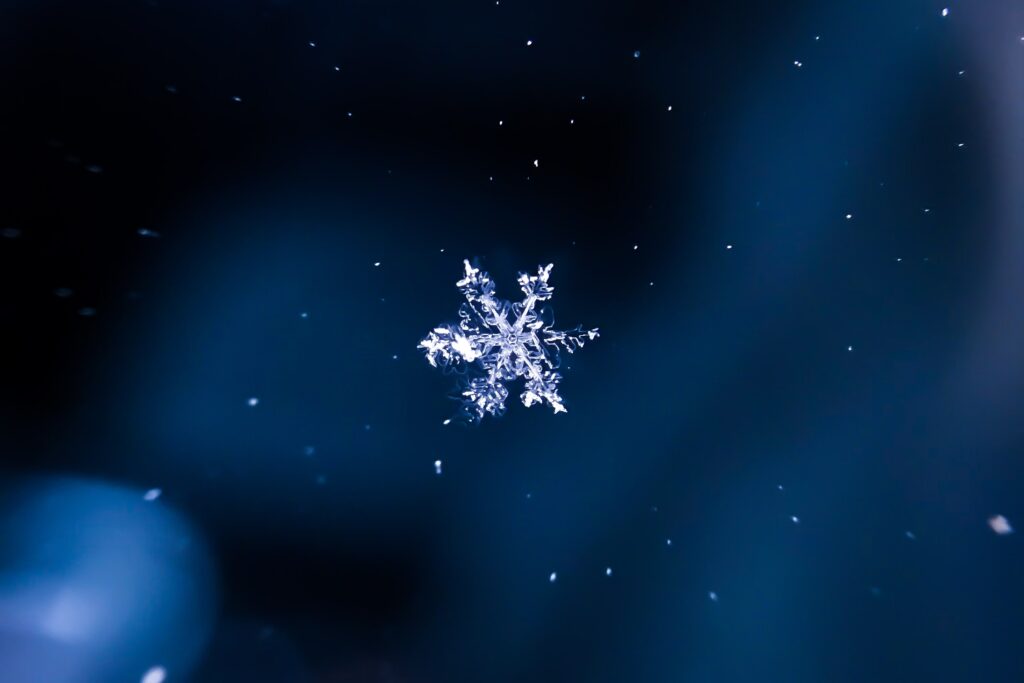
Is Close-Up Photography the Same as Macro or Micro Photography?
Now, when we are talking about macro and micro photography, another common thing theme or question that most people are going to bring up is whether macro and micro photography is the same as close-up photography. I do understand that almost all of them sound similar, but I can assure you, that is not the case as the differences are there. So, we are going to look into how they all differ.
I have already explained the macro and micro photography up there, so that is one thing that you should no longer have to worry about. So, let’s just talk about what close-up photography is.
Close-up photography, as the name suggests, takes a subject and zooms in on it so you can have a better view of the features or details. The subject can be small or large, based on the requirements of the photography.
Now, it is crucial to understand that there are no special lenses for close-up photography. Any regular lens works just fine as long as you can zoom in without losing detail. Additionally, any magnification ratio of less than 1:1 will be considered close-up photography.
How to Take Good Macro and Micro Shots
Since I am done explaining the differences between micro, macro, and close-up photography. I believe the next step requires me to tell you about some tips or techniques that will help you improve your macro photography experience a lot. I do understand that this might not be for everyone but to be honest, if you are just getting into photography and you want to be certain that the pictures you are taking are coming out perfect, then this is the way to go.
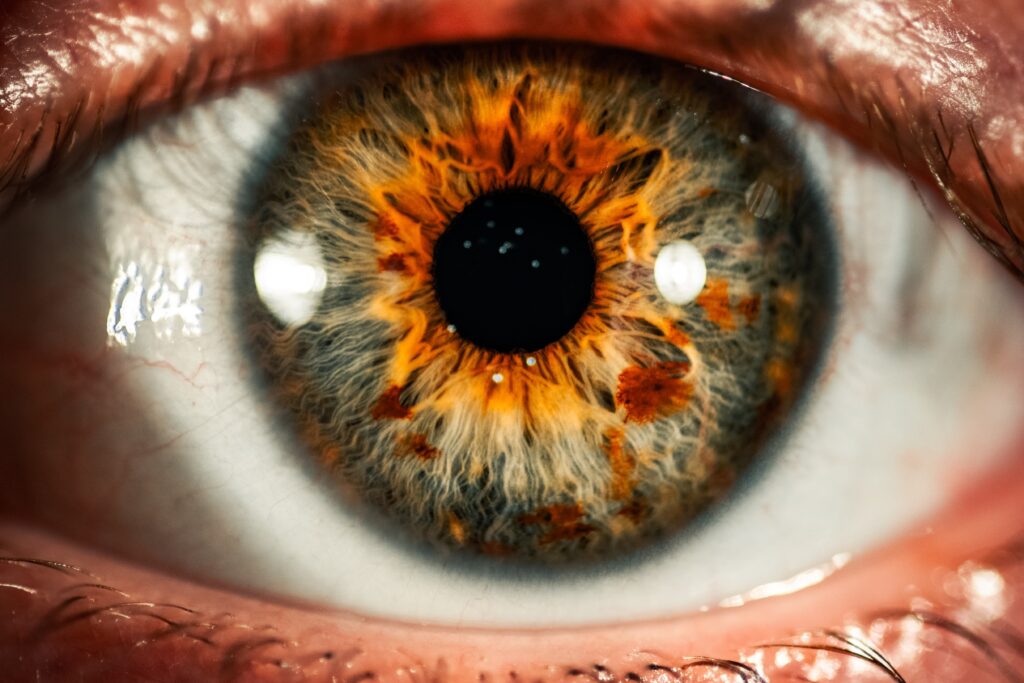
Macro and micro photography are a lot easier to master than some might tell you but still, we are going to go into detail and figure out how you can nail every aspect of it without too much confusion. So, let’s not waste time and have a look at some tips that will help you with macro photography.
- Flash Can be Very Useful: Now, the thing that many people often ask me is just how exactly is flash useful when you are talking about macro photography. This assumption normally stems from the point where people prefer not to use flash, to begin with. Sure, there are certain types of photography in which flash is not useful at all but macro photography is definitely not one of them. Flash is going to help you because when you do decrease the aperture, you will get access to less light in the camera. If your setting is not offering you enough natural light, using a flash to compensate for it is the best way to go. Now, a flash can easily startle the subject and make it look out of place, and in order to get around that, I would advise that you use a flash diffuser as that will get the job done perfectly fine.
- Manual Focus is a Good Start: Okay, now that we are done telling you about how Flash is very, very useful, the next thing to know is that you should also go ahead and use manual focus. I know, I know, Manual focusing is not at all easy, but when you are taking macro photographs, you have to be sure that the picture is edge to edge sharp, and that can be a little difficult to successfully pull off. Therefore, manual focus is a great way of ensuring that everything is sharp in every corner and the images you are getting are perfect, crisp, clean, and detailed in every way.
- A Tripod is a Must: While you can get away with not using the flash and manual focus, however, a tripod is something that I would never suggest you skip because doing so is only going to create issues for you. Why? Well, the thing is that macro photography is often very, very closed in, as the name suggests. So, a slight movement in the camera can completely throw your shot off balance and the picture will not even come out looking like what you were trying to photograph, in the first place. So, the key here is to ensure that when you are taking a macro shot, you are using a tripod so there is no movement in the camera and your shot comes out as still as it could be.
- Don’t Settle on a Single Shot: A very, very important tip that I have for everyone is that when you are taking macro shots, you should never settle for a single shot because in most cases, the shots that you take afterward end up turning up in a much, much better way, to a point that you are not going to regret that, at all. Just be sure that you are settling for a shot that looks excellent in every way possible and you are good to go.
- Stacking Photos: The last tip that I have is that you should also go ahead and stack photos in post-processing. Now, this is entirely optional but you can actually do that to get a better depth of field and much better looking photos.
Now that we are done looking at macro photography tips, the next thing is that we are also going to look at micro photography tips. Well, to be honest, for the most part, you are looking at the same techniques across the board but there, but the difference is that you can do so with any lens that is available on the market, and a microscope combined with it.
I know, it does not sound like the easiest of tasks but doing so is going to make your overall experience ultimately better. Take a good lens, preferably macro, and pair that with a microscope that you can get from the market. Once you have that pairing ready, you can start taking the pictures. Again, remember, you are trying to take photos that are almost in 20:1 magnification ratio, so it might not be an easy task but with enough practice, you can pull it off.
Frequently Asked Questions
Conclusion
There is no denying that getting macro photography right is often a challenge, especially when you are not sure what needs to be done and what needs to be avoided. However, the good news is that if you are looking into getting things done the right way, you can easily get some stunning macro photos with ease.
The purpose of this entire article is to ensure that people who are trying to learn macro photography are doing so in the best way possible. That way, you would not run into any issues and be able to get the photography just right without falling into any issues, either.
We have talked about almost all the points that we deem necessary for macro photography and at the same time, have explained micro photography in the best possible way along with tips and tricks. Alternatively, if you want to go ahead and record macro videos, you can check these cameras that will allow you to get up close and personal with your subject, as well.

